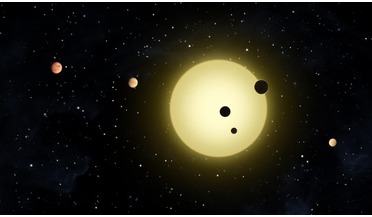 27 October 2017
Astronomers find system with six planets
27 October 2017
Astronomers find system with six planets
... and a data set that spans nearly two decades, a team, whose lead author on the research paper is Steven S. Vogt from the Lick Observatory, University of California at Santa Cruz, have revealed that six planets have...
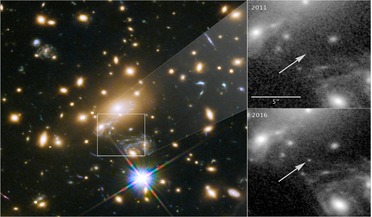 03 April 2018
Astronomers unexpectedly find the most distant star ever discovered
03 April 2018
Astronomers unexpectedly find the most distant star ever discovered
.... We know that the microlensing was caused by either a star, a neutron star, or a stellar-mass black hole,” explains Steven Rodney from the University of South Carolina, USA and a co-author of this research. Those latter two constituents...
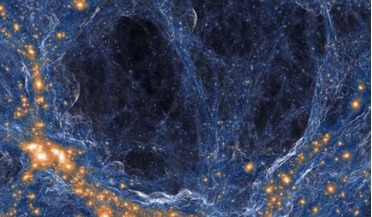 15 August 2018
Space is dark and not as full of galaxies as we thought, new study shows
15 August 2018
Space is dark and not as full of galaxies as we thought, new study shows
... starlight was unable to penetrate interstellar gas. "It is not that the opacity is a cause of the lack of galaxies," said Steven Furlanetto, a UCLA professor of astronomy and a co-author of the research. "Instead, it's the other way around." The...
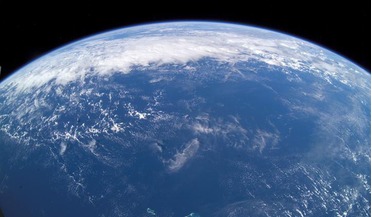 09 November 2018
Leftover gas from the Sun's birth created Earth's water
09 November 2018
Leftover gas from the Sun's birth created Earth's water
...nebula. "We calculated how much hydrogen dissolved in these bodies' mantles could have ended up in their cores," says Steven Desch, professor of astrophysics in SESE and one of the team scientists. "Then we compared this to recent measurements of the...
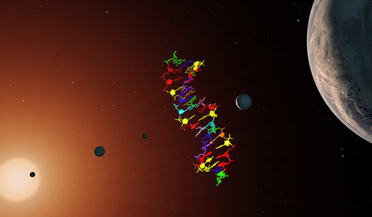 25 February 2019
Scientists create DNA-like molecule to aid search for alien life
25 February 2019
Scientists create DNA-like molecule to aid search for alien life
... our understanding of the types of molecules that might store information in extraterrestrial life on alien worlds,” said Steven Benner a researcher at the Foundation for Applied Molecular Evolution in Alachua, Florida, who worked on the project...
 09 September 2020
The brain reorganises itself in space but is not destroyed, new study says
09 September 2020
The brain reorganises itself in space but is not destroyed, new study says
... by acquiring 153 brain scans for each session, rather than just one brain scan," lead researcher Steven Jillings, doctoral student at the University of Antwerp says, and "each of these 153 scans have slightly different...